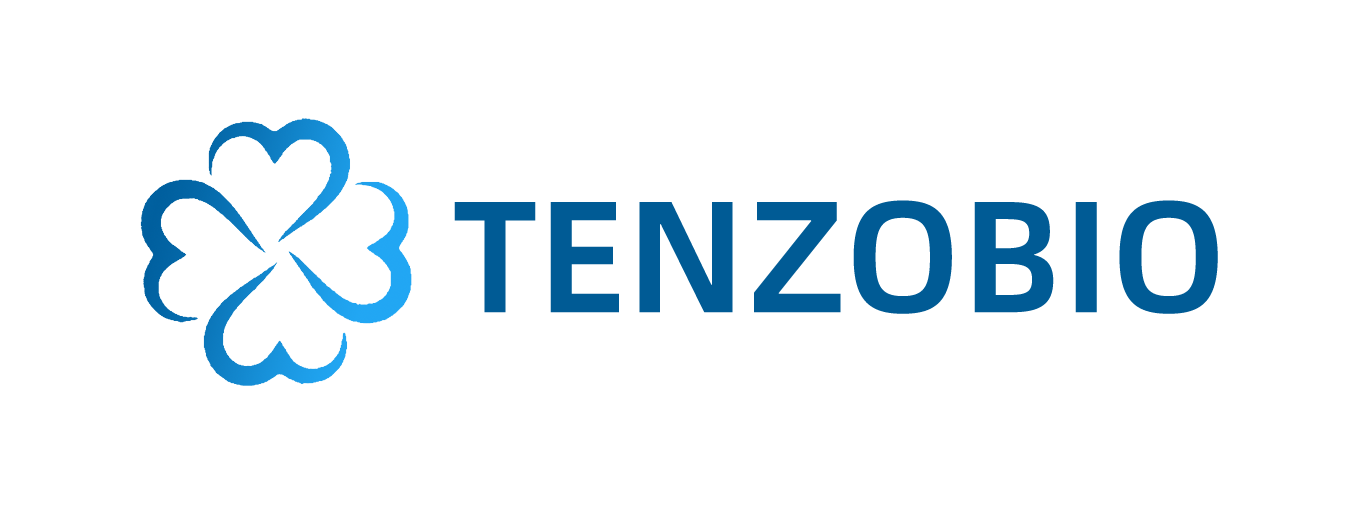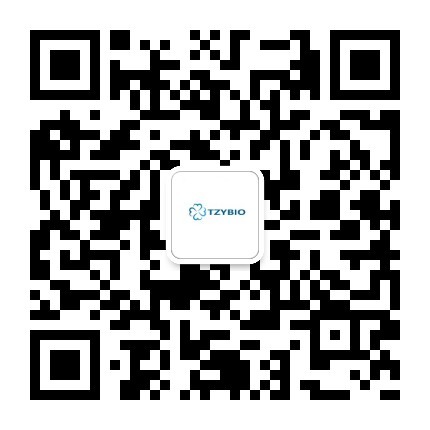
中文 | English

English
COX17 mouse monoclonal antibody,clone OTI2D7
货号: GAM923229
COX17 mouse monoclonal antibody,clone OTI2D7
应用:
IHCWB
反应种属:
HumanMouseRat
¥ 960
/ 50ul
库存充足
50ul100ul
产品详情
推荐稀释比
产品特性
应用
IHCWB
Uniprot
Q14061
Isotype
IgG1
Background
Cytochrome c oxidase (COX), the terminal component of the mitochondrial respiratory chain, catalyzes the electron transfer from reduced cytochrome c to oxygen. This component is a heteromeric complex consisting of 3 catalytic subunits encoded by mitochondrial genes and multiple structural subunits encoded by nuclear genes. The mitochondrially-encoded subunits function in electron transfer, and the nuclear-encoded subunits may function in the regulation and assembly of the complex. This nuclear gene encodes a protein which is not a structural subunit, but may be involved in the recruitment of copper to mitochondria for incorporation into the COX apoenzyme. This protein shares 92% amino acid sequence identity with mouse and rat Cox17 proteins. This gene is no longer considered to be a candidate gene for COX deficiency. A pseudogene COX17P has been found on chromosome 13. [provided by RefSeq, Jul 2008]
纯化方式
Affinity Purification
克隆性
Monoclonal
来源
Mouse
免疫源
Human recombinant protein fragment corresponding to amino acids 2-63 of human COX17 (NP_005685) produced in E.coli.
克隆号
OTI2D7
反应种属
HumanMouseRat
产品别名
COX17





货号: GAM923229
COX17 mouse monoclonal antibody,clone OTI2D7
应用:
IHCWB
反应种属:
HumanMouseRat
¥ 960
/ 50ul
库存充足
50ul100ul
产品详情
推荐稀释比
产品特性
应用
IHCWB
Uniprot
Q14061
Isotype
IgG1
Background
Cytochrome c oxidase (COX), the terminal component of the mitochondrial respiratory chain, catalyzes the electron transfer from reduced cytochrome c to oxygen. This component is a heteromeric complex consisting of 3 catalytic subunits encoded by mitochondrial genes and multiple structural subunits encoded by nuclear genes. The mitochondrially-encoded subunits function in electron transfer, and the nuclear-encoded subunits may function in the regulation and assembly of the complex. This nuclear gene encodes a protein which is not a structural subunit, but may be involved in the recruitment of copper to mitochondria for incorporation into the COX apoenzyme. This protein shares 92% amino acid sequence identity with mouse and rat Cox17 proteins. This gene is no longer considered to be a candidate gene for COX deficiency. A pseudogene COX17P has been found on chromosome 13. [provided by RefSeq, Jul 2008]
纯化方式
Affinity Purification
克隆性
Monoclonal
来源
Mouse
免疫源
Human recombinant protein fragment corresponding to amino acids 2-63 of human COX17 (NP_005685) produced in E.coli.
克隆号
OTI2D7
反应种属
HumanMouseRat
产品别名
COX17

扫码添加微信客服 工作时间:9:00-18:00
